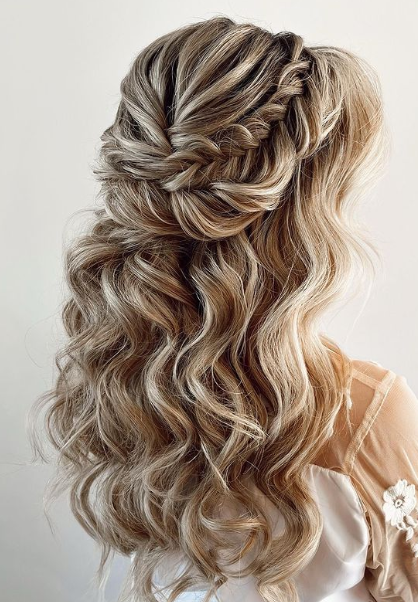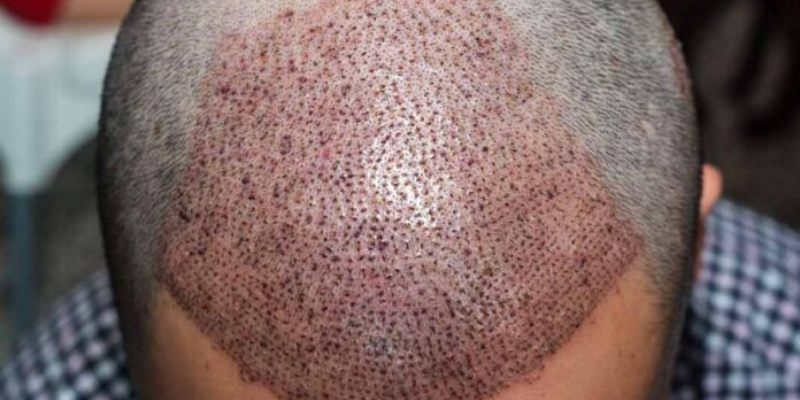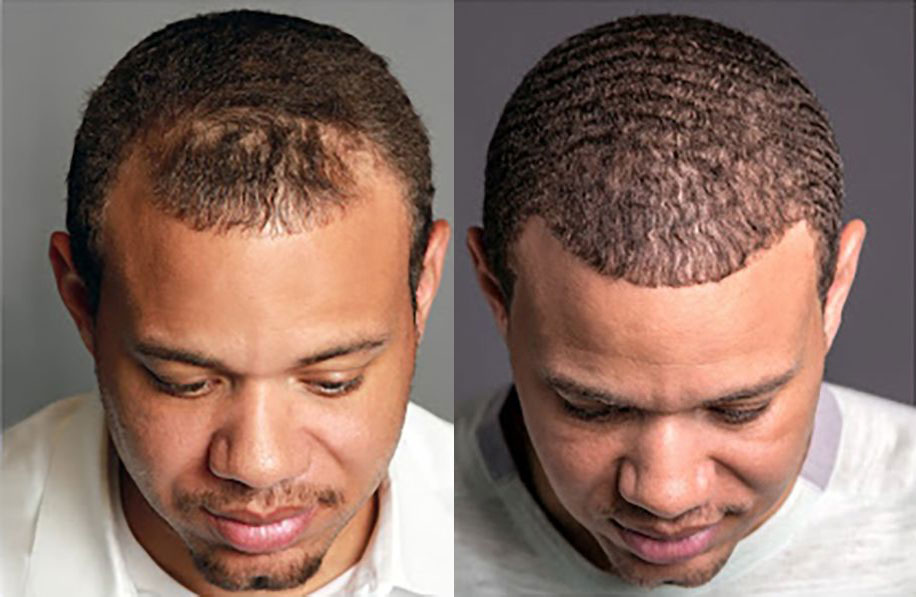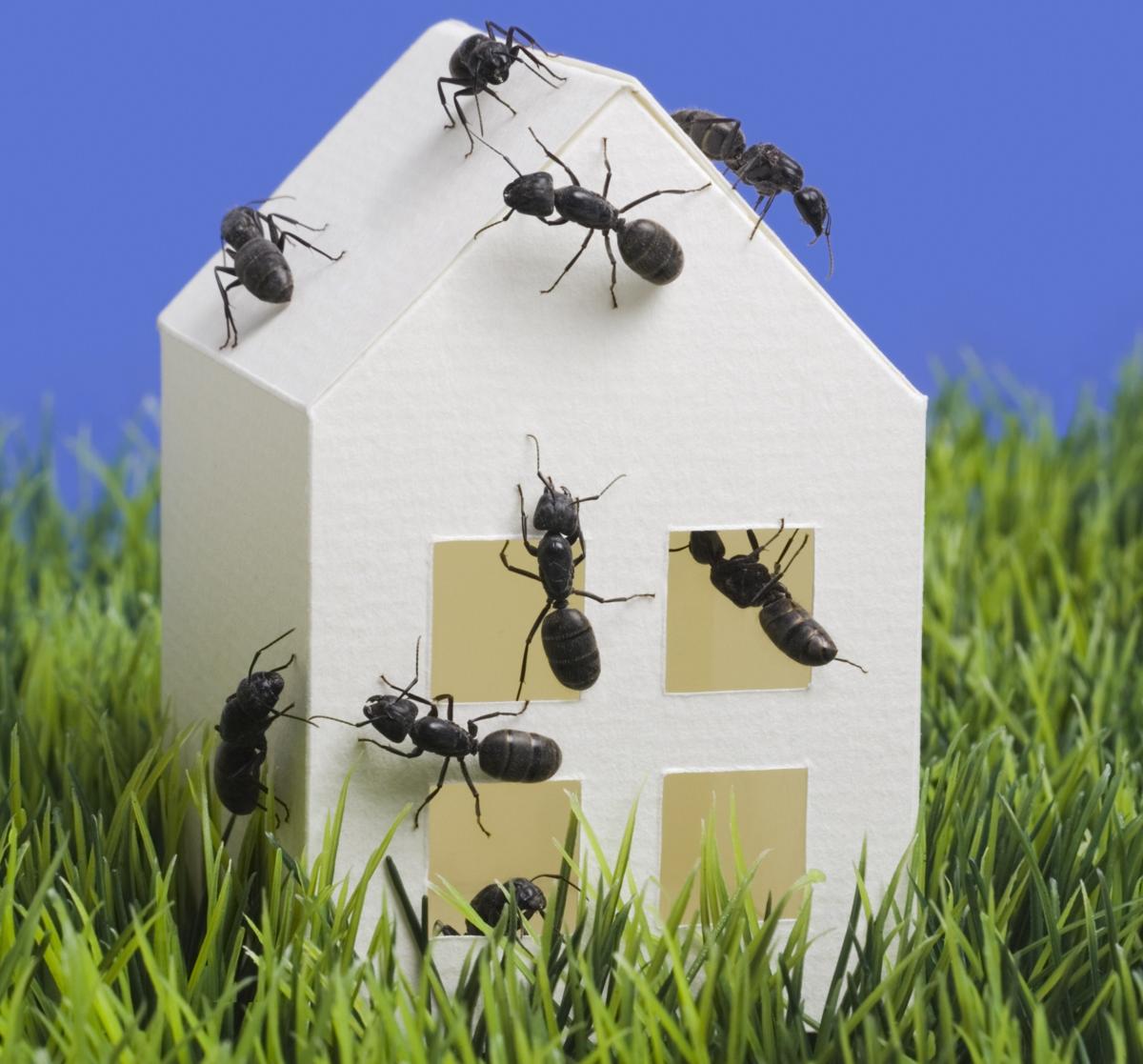Table Of Content
- How does a person get rid of ingrown pubic hair lumps?
- The Main Causes of Ingrown Pubic Hairs
- Ingrown hair infection: Pictures
- How to Prevent Ingrown Hair
- How to Prevent Ingrown Pubic Hairs
- What happens if an ingrown pubic hair gets infected?
- How can I prevent getting another vaginal boil?
- Infected ingrown hair treatment

Certain diseases or trauma to your skin can also cause them. If you have a boil near your vagina, it is best to avoid having sex. Since a boil is an infection, it could spread to your partner during sexual contact. A person should then wash the area with warm, soapy water and pat it dry. Avoid touching the area until it has fully healed, as this can cause further irritation.
How does a person get rid of ingrown pubic hair lumps?
Eyebrows, for example, prevent sweat dripping into our eyes and allow us to convey our emotions through facial expression. Even the individual tiny hairs on our arms and legs connect to equally tiny nerves and act as sensory organs, giving us a sense of pressure and vibration. There’s a purpose for all the many clusters of hair that grow on our skin. If you notice one or more of these symptoms, see a physician or health professional for help as soon as possible.

The Main Causes of Ingrown Pubic Hairs
The warm compress also helps to reduce swelling, redness, and tenderness around the ingrown hair. It can also help to bring a blind pimple to a head to get rid of it. While anyone can develop pseudofolliculitis barbae, the condition is particularly common among people with coarse or curly hair. Black and Asian men often develop ingrown hairs on the beard area of the face and neck. Razor bumps and ingrown hair cysts can take several days or even weeks to fully clear up on their own. Timely treatment can help get rid of them and prevent them from returning.
Ingrown hair infection: Pictures
Ingrown hair cysts are not the same thing as cystic acne, which are bumps that form under a skin follicle when there is a buildup of bacteria, oil, and dead skin cells. Ingrown hairs in the pubic area can form cysts — sacs of fluid beneath the skin. A person may notice a lump, possibly with a hair visible beneath it. Cysts often go away without treatment, but some require antibiotics or draining.
How to Prevent Ingrown Hair
Ingrown hairs cause bumps, which are often itchy, where a hair has grown back into the skin. There are things you can do to treat and prevent them and in most cases you will not need to a see a GP for treatment. If these at-home remedies aren’t working, step away from the tweezers and call your doctor. A medical professional can treat ingrown hairs and help you prevent them in the future.
How to Prevent Ingrown Pubic Hairs
An infected ingrown hair — also known as folliculitis — typically looks like a bump, a hard lump, or a cyst under the skin. However, if a bump becomes too itchy or painful, there are a variety of home remedies that people can use to help them heal. When the tip of a pubic hair folds back into the skin at the root, an ingrown hair can result.
If they persist, recur, or are severe, consider speaking with a doctor. If ingrown hair infections recur or are severe, you may have an underlying condition that needs medical treatment. The first sign of an infected ingrown hair is often a bump. As the infection progresses, you may see pus, and the bump may grow larger.
How can I prevent getting another vaginal boil?
The reason that these two essential oils are so great for treating the symptoms of ingrown hair is that they can be used directly as a spot treatment on a small area of skin. If you’re concerned about the dark patches that formed because of the ingrown hair, you can use retinoids like tretinoin (Retin-A or Renova) to clear up the dead skin cells. Moisturize well after applying retinoids because these substances can cause dryness. You may be more likely to get ingrown hairs if you have coarse or curly hair.

If you have diabetes or a weakened immune system for any reason and develop a boil, contact your healthcare provider. People with coarse, thick, or curly hair are often more likely to have ingrown hairs. You’re also more likely to have ingrown hair if you have skin of color or thick, coarse or curly hair. Ingrown hairs are sometimes called razor bumps, shave bumps or barber bumps. Preventing ingrown hairs can decrease your risk of related infections.
These simple stick-on patches get rid of pesky ingrown hairs fast: 'Putting a patch on a trouble spot overnight was like ... - Yahoo Eurosport UK
These simple stick-on patches get rid of pesky ingrown hairs fast: 'Putting a patch on a trouble spot overnight was like ....
Posted: Tue, 25 Apr 2023 07:00:00 GMT [source]
If that’s not an option, try different shaving techniques to see if they help. First things first, don't go digging at it with sharp tweezers and dousing it in rubbing alcohol. But this home remedy can do more harm than good, as it increases your chances of developing an infection and create more inflammation, she adds. This article explains what an ingrown hair cyst looks like and why these bumps form.
However, they may not cut as close to the skin, leading to less smooth results. Dr. Soni stresses the importance of exfoliating regularly. Gently washing, exfoliating, and rubbing around the bumps everyday can guide the hair to return to the skin’s surface. The area needs to heal first, or else the skin will heal over the hair follicle underneath. Avoid digging or breaking into the area because this may cause an infection.
"A warm compress is a really nice home remedy," Dr. Greves says. Our experts continually monitor the health and wellness space, and we update our articles when new information becomes available. Gently wash and exfoliate around the area to help the hair return to the surface of the skin.
When working against the grain of hair growth, there may be more chance of it breaking and a potentially increased chance of ingrown hairs. Whether you shave, wax, epilate, sugar, or tweeze, odds are you've likely encountered an ingrown hair or two in your lifetime. While very common, these pesky bumps are still a nuisance. Plus, when they're in places such as the pubic area and near your vulva—where skin is more delicate and sensitive—they can be painful, too. If the cyst looks infected or didn't go away after you tried at-home treatment, see a healthcare provider. They can give you antibiotics and other treatments to keep the infection from spreading and prevent scarring.
The hair grows from the bottom of your pore and is kept bathed in sebum secreted by the pore. But if the top of your pore becomes blocked due to debris or too much sebum and it swells shut, the hair can’t make its way out, resulting in an ingrown hair. Every pore on your skin contains a hair follicle, some fine and some coarse. Pores are the small holes in our skin that allow sweat and oil to reach the surface of the glands underneath.
You may also be at greater risk of developing bumps with ingrown hairs if you have naturally curly hair. Keep reading to learn about the types of ingrown hair cysts, and how to treat and prevent them. If an ingrown hair becomes infected, you may notice the bumps getting bigger and more painful.













